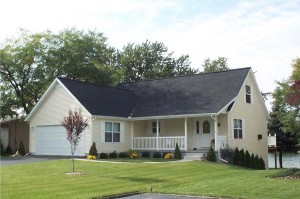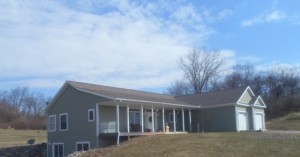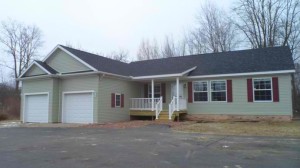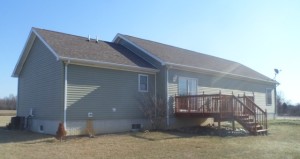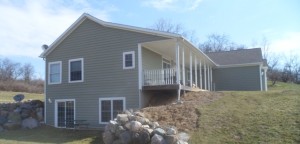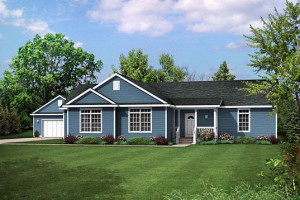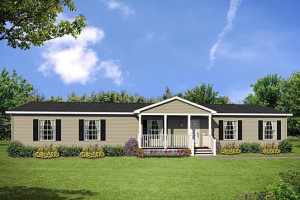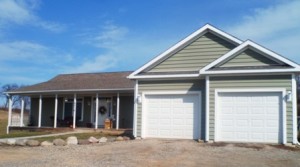 Structural units of precast concrete are manufactured in the grade of concrete and to the sizes. Where the installation of precast concrete units in any structure is such that the faces of the units are to be left exposed either internally or externally, the exposed surfaces of the units as finished shall be uniform in color and in texture. All cement, aggregates and other materials used in the manufacture of the units should be obtained from the approved sources throughout the period of manufacture.
Structural units of precast concrete are manufactured in the grade of concrete and to the sizes. Where the installation of precast concrete units in any structure is such that the faces of the units are to be left exposed either internally or externally, the exposed surfaces of the units as finished shall be uniform in color and in texture. All cement, aggregates and other materials used in the manufacture of the units should be obtained from the approved sources throughout the period of manufacture.
The precast concrete manufacturer should have full details of proposed method of carrying out all operations connected with the manufacture and assembly of precast concrete structural members, including a description of the types of casting bed, mould and formwork for the various types of members; the procedure for concrete casting and the method of curing the concrete; and the procedure for transporting, handling, hoisting and placing of each type of precast structural member. Particulars of the temporary supports deemed necessary to ensure adequate stability during erection and fully proof against the effects of construction loads, wind load and other transient loads.
Twist of Precast Concrete
No corner of a nominally plane surface shall deviate from the plane containing the other three corners when utilizing precast concrete.
Squareness of Precast Concrete
When considering the squareness of a corner of the precast concrete, the longer of the two adjacent sides being checked shall be taken as the baseline, and a line perpendicular to the baseline shall be taken as the check line. The shorter side shall not vary in its distance from the check line so that the difference between the greatest and the shortest side is not more than the distance.
For the purpose of this requirement, any error due to lack of straightness shall be ignored; squareness shall be measured with respect to the straight lines which are most nearly parallel with the features being checked. When the nominal angle is other than 900 the included angle between the baseline and the check line shall be varied accordingly.
Flatness of Precast Concrete
When using the precast concrete for modular home construction, the deviation from a 1.5 m straight edge placed in any position on a nominally plane surface should not exceed 6 mm.
In case you still have question about modular homes and insulated precast foundation, you may contact Legendary Homes Inc in Jackson, Michigan. A representative will be happy to assist you. Meanwhile you can check our modular home price sheets by signing up to our blog

